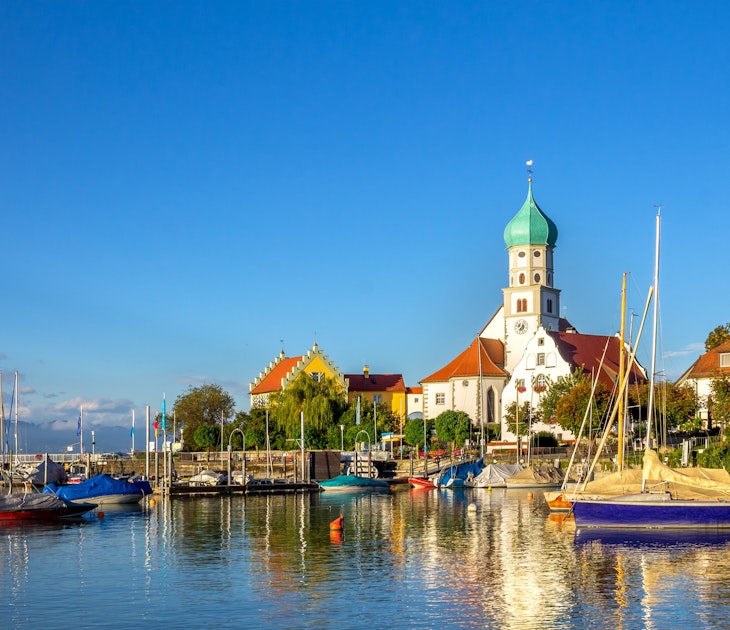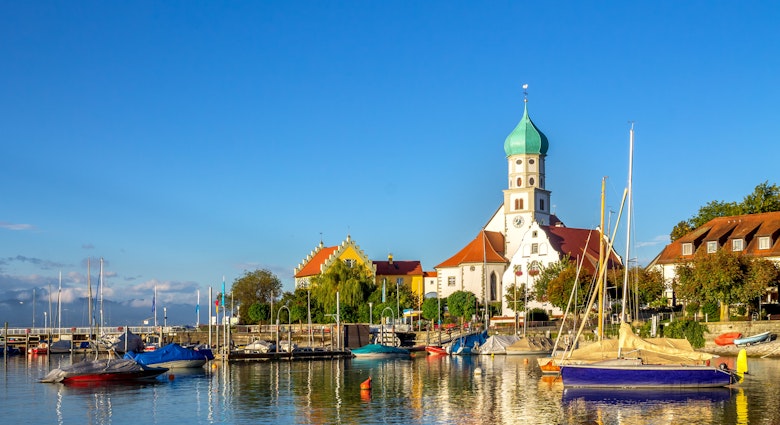From sauntering across wildflower meadows and hiking lofty Alpine peaks to stand-up paddleboarding over sparkling glacial lakes and watching the noble Lipizzaner horses dance at Vienna's Spanish Riding School, Austria offers holiday activities galore for nature, sports and art lovers.
Centrally located in the heart of Europe, with excellent transport connections, Austria is an easy place to reach. You can book a flight or train journey to the land of Mozart's birth in seconds; browsing through the different types of visas for travelers from different parts of the world can take a little longer.
Here’s everything you need to know about getting a visa for Austria.
Do I need a visa for Austria?
That depends on where you come from. As well as being a member of the European Union (EU), Austria is part of the Schengen Area, a network of 26 European countries who have agreed to remove internal border checks. If you are a citizen of another Schengen Area country, you can come and go almost as you please.
Austria's Schengen membership is also helpful for travelers from outside the region. If you’re granted a visa to any country in the Schengen zone, this also allows travel within any of the other Schengen countries, making it easy to combine a trip to Austria with visits to neighboring states such as Germany and Italy.
The full list of countries in the Schengen Area is: Austria, Belgium, Czech Republic, Denmark, Estonia, Finland, France, Germany, Greece, Hungary, Iceland, Italy, Latvia, Liechtenstein, Lithuania, Luxembourg, Malta, Netherlands, Norway, Poland, Portugal, Slovakia, Slovenia, Spain, Sweden and Switzerland.
Get more travel inspiration, tips and exclusive offers sent straight to your inbox with our weekly newsletter.

Visa-free travel to Austria
Citizens and legal residents of EU or European Economic Area countries (and Switzerland) don’t need a visa to travel to Austria for a maximum of 90 days. However, you must still carry a valid passport or European Union ID card when in the Schengen Area.
Visa-free entry is granted to citizens of many other countries. Visitors from the United States of America, Australia, Canada, Mexico, Brazil, New Zealand, Israel, the United Arab Emirates and Singapore can also enter Austria visa-free for up to 90 days.
Holders of biometric passports from Albania, Bosnia and Herzegovina, Georgia, Moldova, Montenegro, North Macedonia, Serbia and Ukraine can also enter Austria without a visa, as can holders of Hong Kong Special Administrative Region passports, Região Administrativa Especial de Macau passports and Taiwanese passports.
The website of the Austrian Ministry of Interior has a complete list of Austria’s visa requirements.
Traveling from the UK
Despite having left the European Union, tourists with a valid British passport can still travel to Austria without a visa for stays of up to 90 days in any 180-day period.
If you wish to stay for a period lasting from 91 days up to six months, you will need to apply for a Schengen "Visa D" visa. The Austrian Embassy in the United Kingdom has outsourced its visa services to the external agency VFS Global – their website has details of the process for applications and arranging visa appointments.

Visas for Austria
People traveling to Austria who don’t meet the criteria for a visa exemption will need to apply for a short-stay Schengen visa known as a "Visa C" visa. Valid for 90 days, it can be issued for single, double or multiple entries.
Applying costs €80 (approximately US$93) for adults and €40 (approximately US$46) for children aged between six and 12 years. You'll need a passport issued in the last 10 years, valid for at least three months after your date of departure, with at least two blank pages.
You'll also need to complete and sign an application form, and provide a 35mm by 45mm color passport photo that meets ICAO guidelines. Other requirements are:
- A biometric record of your fingerprints (if not collected within the last 59 months)
- A copy of the passport page with your photograph
- Copies of any previous Schengen visas
- Proof of onward transport – for example a flight reservation or train booking (presentation of actual paid-for tickets is not required).
Visa applications must be lodged with the Austrian embassy or consulate in your country of residence less than six months – and not later than 15 calendar days – before you intend to start your trip. Visa applications are examined on a case-by-case basis and the process can take between 15 and 30 days. Unless they’re issued in English, supporting documents must include a German translation.
Can I extend my visa?
If you plan to stay in Austria for more than 90 days, you can apply for a Schengen Visa D (national visa). This class of visa entitles the holder to remain in the country for up to six months, and also covers international student visa requirements for Austria.
Alternatively, you can apply for an extension of the short-stay Schengen visa. Getting a visa extension is fairly straightforward if you have a single-entry visa and entered the Schengen Area after the date your original visa became valid. The authorities are usually willing to grant an extension of stay to the full length of time granted on your original visa.
It's much harder to get an extension for personal reasons, humanitarian reasons, or because of a Force Majeure (an act of God – for example, a natural disaster).
You must apply to extend your visa before it expires, and we recommend starting the process at least a week before that date. Visa extension requests are handled by the Police Directorate of the Austrian province you’re staying in and they cost €30 (approximately US$35).
The application process can take up to a month. You’re permitted to stay in Austria during this period, but you can’t travel to any other Schengen country. Should your visa not be renewed, you will be asked to leave Austria within 48 hours at your own cost.

Working holiday visas for Austria
Austria offers working holiday visas valid for up to 12 months for travelers aged 18 to 30 from Argentina, Australia, Canada, Hong Kong, Israel, Chile, Japan, New Zealand, Republic of Korea and Taiwan (sometimes referred to as Chinese Taipei for visa purposes).
These visas allow you to enter Austria and work for local companies for the period that the visa is valid. Working holiday visa applications must be submitted through Austria’s European and International Affairs Federal Ministry. Full details of the requirements for different countries are listed on the ministry website, but the requirements typically include:
- A completed Visa D application form
- A biometric passport picture that meets ICAO criteria
- A valid passport
- Proof of health, accident and travel insurance covering the entire period of stay
- Sufficient funds to cover expenses incurred at the beginning of the stay
- Proof of onward travel (either a ticket or evidence of sufficient funds to purchase a ticket)
You may also like:
Danube deep, mountain high: The 12 best places to visit in Austria
From palace to peak: the 10 best things to do in Austria
Austria's national parks are an Alpine playground












